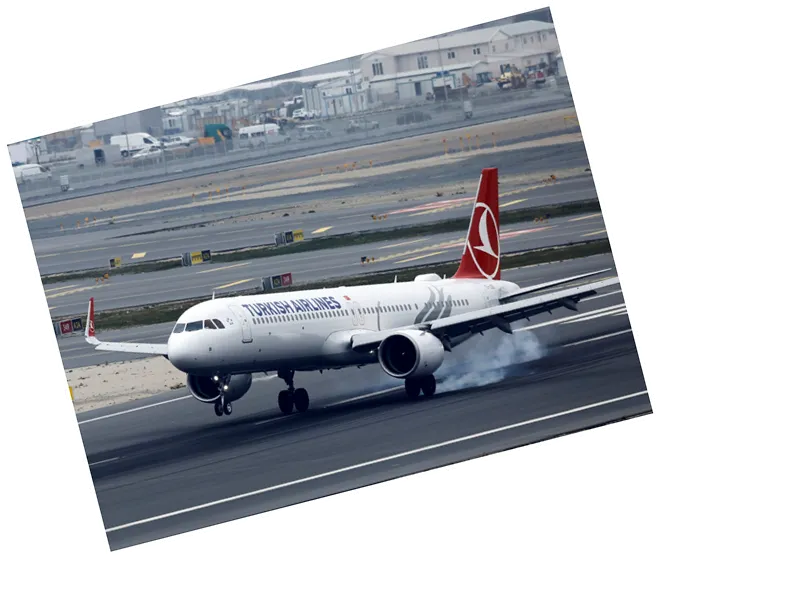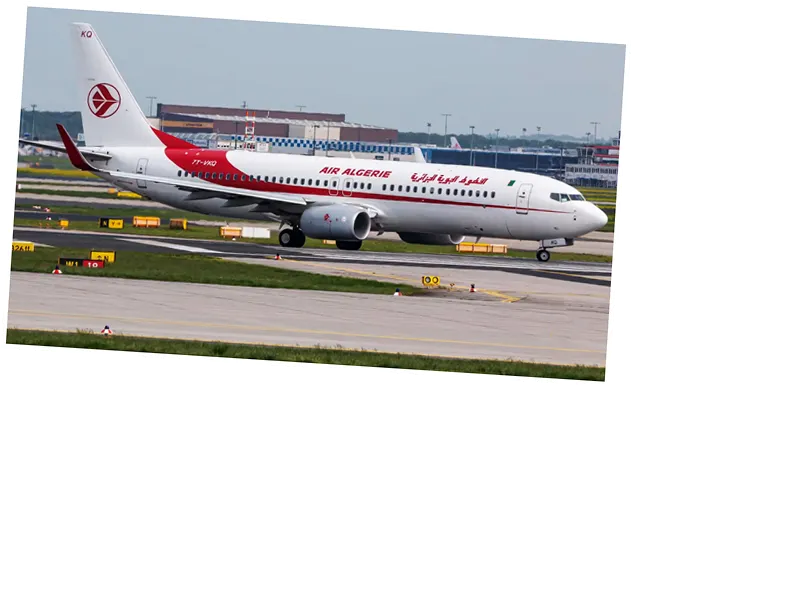Singapore Airlines Flight SQ321 Incident: Fatal Turbulence
Passengers on Singapore Airlines Flight SQ321 from London to Singapore experienced severe turbulence on Tuesday, leading to the tragic death of a 73-year-old British passenger. The Boeing plane, which was cruising at 37,000 feet, encountered sudden and intense turbulence that caused it to sink rapidly, climb again, and repeat the process for about 90 seconds. This dramatic incident left 83 passengers injured and caused significant disarray within the cabin.
Andrew Davies, a passenger on the flight, described the sudden onset of the turbulence. While the flight was initially calm, with passengers enjoying breakfast and a seatbelt sign briefly illuminated, everything changed swiftly. Davies vividly recounted seeing objects like shoes, electronics, and crockery flying through the cabin as the plane plunged.
The chaos inside the plane resulted in numerous injuries. Passengers were thrown towards the ceiling, hitting their heads on overhead compartments and cabin elements. The cabin's interior was left in a state of disorder, with ceiling panels and pipes hanging loose. Serious injuries included head lacerations, bleeding ears, and broken arms. Despite efforts to save him, 73-year-old Geoff Kitchen died after receiving CPR for about 20 minutes.
The flight was diverted to Suvarnabhumi Airport in Bangkok for an emergency landing. Medical staff were on standby to transport the injured to nearby hospitals. Among the injured were citizens of various countries, including Australia, Malaysia, the United Kingdom, New Zealand, Spain, the United States, and Ireland. Of the 229 people on board, 143 were later transported on a relief flight to Singapore, while the remaining 79 passengers and six crew members stayed in Bangkok for medical care and family support.
Investigation and Future Implications
Singapore Airlines CEO, Goh Choon Phong, expressed deep condolences to Kitchen's family and acknowledged the traumatic experience that all passengers endured. The airline is cooperating fully with Thai and American authorities, including the US National Transportation Safety Board, to investigate the incident.
Preliminary findings suggest that Kitchen, who suffered significant head trauma, had underlying heart disease, and an autopsy is underway. The turbulence, described by many passengers as 'incredibly strong,' was likely exacerbated by weather conditions over Myanmar. Anthony Brickhouse, an air safety expert, highlighted that passengers often ignore seat belt warnings, which can increase the risk of injury during sudden turbulence.
Andrew Davies and other passengers shared their harrowing experiences, emphasizing the suddenness and severity of the turbulence. Some noted that the plane didn't give sufficient warning before the dramatic plunge, with even crew members and passengers in restrooms caught off guard.
Climate change may increase the frequency and severity of such turbulence events, according to recent studies. This incident adds to a series of concerns related to Boeing, including quality control issues and previous fatal crashes. The FAA (Federal Aviation Administration) has mandated that Boeing submit a comprehensive action plan to address these ongoing issues by late May.
- Singapore Prime Minister, Lawrence Wong, offered his sincere condolences to the family of Geoff Kitchen and assured that Singapore is working closely with Thai authorities on the investigation.
- The emotional aftermath of the incident is profound, with family members expressing relief and anxiety. Allison Barker shared her distressing experience of waiting to hear from her son, who described the flight as 'crazy.'
- The scientific community is paying close attention to the increasing incidents of extreme turbulence, with climate change being a significant factor. Studies indicate a notable rise in the duration and severity of turbulence over the past few decades.
- Boeing is under intense scrutiny following this incident. With ongoing crises related to production and quality control, the company must address the FAA's requirements to ensure the safety and reliability of its aircraft.






